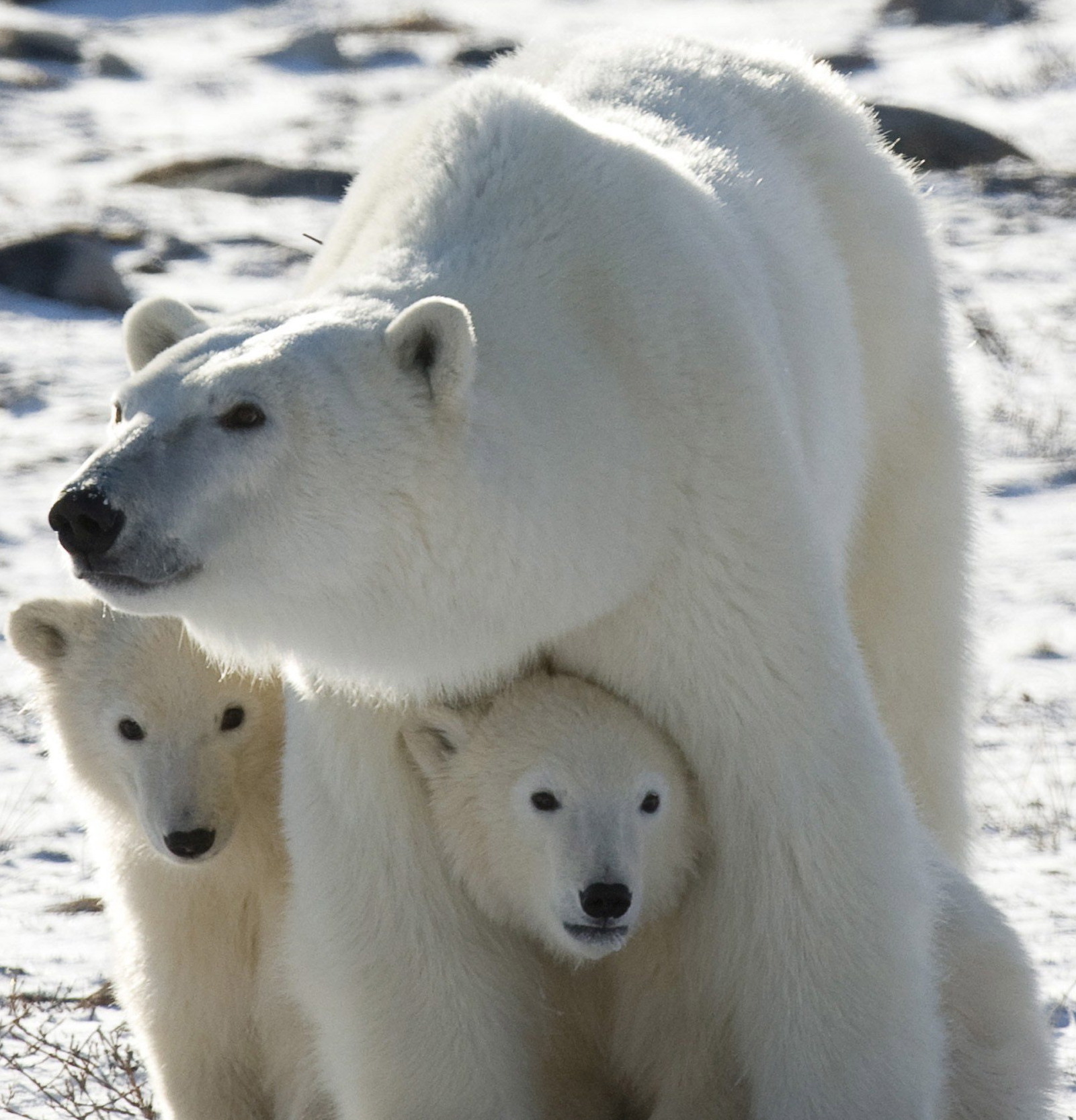Climate change ‘may wipe out polar bears even sooner than we thought’
About a third of the world’s polar bears could be in imminent danger from greenhouse gas emissions in as soon as a decade, a U.S. government report shows. Updated scientific models don’t bode well for polar bear populations across the world, especially in Alaska, the only state in the nation with the white bears, said the U.S. Geological Survey, the Interior Department’s research arm. The models tried to predict the effects on polar bear populations under two scenarios: one in which greenhouse gas emissions stabilized, and the other in which they continued unabated. Under either scenario, the bears in the Alaska, Russia and Norway group — with an estimated population of about 8,500 — would start to be affected in either 2025 or 2030, said lead author Todd Atwood, an Alaska-based USGS research wildlife biologist.
Polar bears are in big trouble
Rebecca Noblin, Alaska director for the Center for Biological Diversity
Its report released this week is part of the U.S. Fish and Wildlife Service’s recovery plan for the polar bear. Greenhouse gases are blamed for the climate warming that’s reducing the polar bear’s summer sea ice habitat. The effects of diminished sea ice will lead to population declines throughout the century. Scientists saw no rebound in population numbers in the projections that stretched to the year 2100. “That’s not to say that we’ll lose polar bears completely out of the area, but we think that they’ll be at a greatly decreased distribution than what they currently are,” Atwood said.
There are other steps we can take to slow the decline of polar bears, but in the long run, the only way to save polar bears in the Arctic is to reduce greenhouse gas emissions.
Rebecca Noblin

Science polar bears